2024 Toyota C-HR Debuts Elsewhere: Does Our Market Care?

Toyota has released the second generation of the C-HR subcompact crossover and looks to have made numerous improvements to the vehicle. But it doesn’t sound like we’ll be seeing it on our market after the original model failed to resonate with North American consumers.
We also have the Toyota Corolla Cross available for purchase, resulting in some troublesome overlap. While still extremely slow in its base configuration, the Cross ended up being significantly quicker than the C-HR and offered improved utility for a little less money. However, with the new generation having addressed some of the discontinued model’s shortcomings, one wonders if the new C-HR would have a better chance were it to be shipped stateside.
The original’s 2.0-liter engine offered 144 horsepower and 139 lb-ft of torque. But the combination failed to see the crossover reach 60 mph in under 11 seconds. That’s really slow for a modern automobile and was made worse by the vehicle’s extremely bland driving dynamics. Though that’s been an issue for crossovers in general since they came into existence.
Still, none of the above ended up being a trade-off for improved utility or sublime fuel economy. The rear seats on the C-HR were exceptionally tight and there was not a lot of room for storage behind them. Meanwhile, customers were getting the kind of fuel economy one would expect from a modern performance sedan. Hell, even the Honda Civic Type R is supposed to yield 36 mpg on the highway when the C-HR was only able to manage 31 mpg.
While arguably less interesting to look at, the Corolla Cross managed to address every one of those issues and opened up the door for customers who might want to option all-wheel drive and a hybrid powertrain. Granted, the Mazda CX-30 is light years better to drive and there’s a slew of excellent Hyundai and Kia-branded crossovers that you should probably cross-shop. But the Corolla Cross basically guaranteed there would be no room for the C-HR at American Toyota dealerships.
Would that remain true if we had held out for the second generation?
The new model is clearly designed by the same team that worked up the all-new Toyota Prius. While the C-HR is noticeably shorter in overall length, the manufacturer probably could have branded it as the Prius Sport Cross. Now hybrid only, with customers having the ability to choose between the base 1.8-liter hybrid or larger 2.0-liter hybrid that can be paired with optional all-wheel drive. The larger powertrain is even available as a plug-in version that makes 223 horsepower and supposedly offers 41 miles of all-electric range. Though we imagine that figure would come down a bit if certified by the EPA.
Models equipped with the base 1.8-liter are supposed to be 100 kilometers per hour (62 mph) in 9.9 seconds. While that’s not fast, it’s over a second quicker than the previous generation. Front-drive versions of the 2.0-liter are said to take 8.1 seconds to reach 62 mph, while the all-wheel drive alternative is supposed to take 7.9 seconds. The PHEV is a little faster at 7.4 seconds. But they all tap out at 112 mph, while the 1.8-liter isn’t supposed to do more than 106 mph.
A decidedly more modern interior has been fitted to the second-gen C-HR, offering a 12.3-inch digital instrument panel and identically sized central touch screen. But Toyota has wisely decided to retain physical buttons for the features you’re likely to interface with on a daily basis. European regulations guarantee a slew of electronic nannies bundled under the banner of “advanced driving aids.” This includes a feature on the PHEV that automatically switches the car to EV operation when it enters a government-identified low emission zone (LEZ).
Slicker versions of the model are available with a head-up display, panoramic roof, upgraded JLB audio systems, and endlessly customizable ambient lighting. The latter option even has the ability to be tweaked to change as the day progresses, giving you hourly color changes or specific themes for the kind of driving you’re doing. Interior lighting can even change to alert drivers to hazards, lighting the cabin up in red to indicate the car is worried about the possibility of a collision.
The Smart Connect multimedia package will be available, offering a voice assistant, wireless smartphone connection via Apple CarPlay or Android Auto, and loads of ways to control the vehicle via your smartphone. Automatic parking (even without the owner being in the vehicle) will be an option, as will a digital key system, where the user only has to have their phone on their person to access and start the car.
Toyota said sustainability and customization were key components of the new C-HR and the car comes with the ability to save three driver presets that are accessible via the steering wheel. There is also a slew of flashy paint options, including some two-tone selections.
Upholstery is said to be made from recycled materials and will be offered in some unique configurations. The GR Sport Premiere Edition comes with an even flashier interior with exterior paint options to match. Though nobody should expect a bump in performance just because it’s wearing the GR badge.
The segment is over-saturated and we already have the Corolla Cross, so it’s not like we needed the 2024 Toyota C-HR. But something tells me that the manufacturer would have had better luck with the original if it had more in common with the updated model. Sound off if you’d like to have the chance to test drive one or are just glad it’s gone.
[Images: Toyota]
Become a TTAC insider. Get the latest news, features, TTAC takes, and everything else that gets to the truth about cars first by subscribing to our newsletter.

A staunch consumer advocate tracking industry trends and regulation. Before joining TTAC, Matt spent a decade working for marketing and research firms based in NYC. Clients included several of the world’s largest automakers, global tire brands, and aftermarket part suppliers. Dissatisfied with the corporate world and resentful of having to wear suits everyday, he pivoted to writing about cars. Since then, that man has become an ardent supporter of the right-to-repair movement, been interviewed on the auto industry by national radio broadcasts, driven more rental cars than anyone ever should, participated in amateur rallying events, and received the requisite minimum training as sanctioned by the SCCA. Handy with a wrench, Matt grew up surrounded by Detroit auto workers and managed to get a pizza delivery job before he was legally eligible. He later found himself driving box trucks through Manhattan, guaranteeing future sympathy for actual truckers. He continues to conduct research pertaining to the automotive sector as an independent contractor and has since moved back to his native Michigan, closer to where the cars are born. A contrarian, Matt claims to prefer understeer — stating that front and all-wheel drive vehicles cater best to his driving style.
More by Matt Posky
Latest Car Reviews
Read moreLatest Product Reviews
Read moreRecent Comments
- Scrotie about 4 years ago there was a 1992 oldsmobile toronado which was a travtech-avis pilot car that had the prototype nav system and had a big antenna on the back. it sold quick and id never seen another ever again. i think they wanted like 13500 for it which was steep for an early 90s gm car.
- SunnyGL I helped my friend buy one of these when they came in 2013 (I think). We tried a BMW 535xi, an Audi A6 and then this. He was very swayed by the GS350 and it helped a lot that Lexus knocked about $8k off the MSRP. I guess they wanted to get some out there. He has about 90k on it now and it's been very reliable, but some chump rear-ended it hard when it was only a few years old.From memory, liked the way the Bimmer drove and couldn't fathom why everyone thought Audi interiors were so great at that time - the tester we had was a sea of black.The GS350's mpg is impressive, much better than the '05 G35x I had which could only get about 24mpg highway.
- Theflyersfan Keep the car. It's reliable, hasn't nickeled and dimed you to death, and it looks like you're a homeowner so something with a back seat and a trunk is really helpful! As I've discovered becoming a homeowner with a car with no back seat and a trunk the size of a large cooler, even simple Target or Ikea runs get complicated if you don't ride up with a friend with a larger car. And I wonder if the old VW has now been left in Price Hill with the keys in the ignition and a "Please take me" sign taped to the windshield? The problems it had weren't going to improve with time.
- SPPPP I don't think it's a sign of pressure from external competition, but rather a healthy sign of letting practicality trump triumphalism on the assembly floor. Does a 1-piece casting make sense? Imagine the huge investment (no pun intended) in the tooling for that structure. Now imagine that a change in regulation or market conditions requires a change to the structure. You're going to build all the tooling all over again? Why not use "gigacasting" selectively, to build right-sized modules that can be assembled simply and repeatably? Changing 1/3 of the tooling is much less costly. Additionally, it makes the vehicles repairable, instead of being subject to total loss in a minor accident.
- Formula m Oh my first Ford learning experience was with a sales manager who is a former stripclub manager with a Satan’s choice tattoo on his forearm… was very eye opening. You can imagine how he has contributed to Ottawa over his long tenure with Ford. Hopefully A.I. gives a different experience


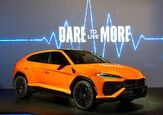

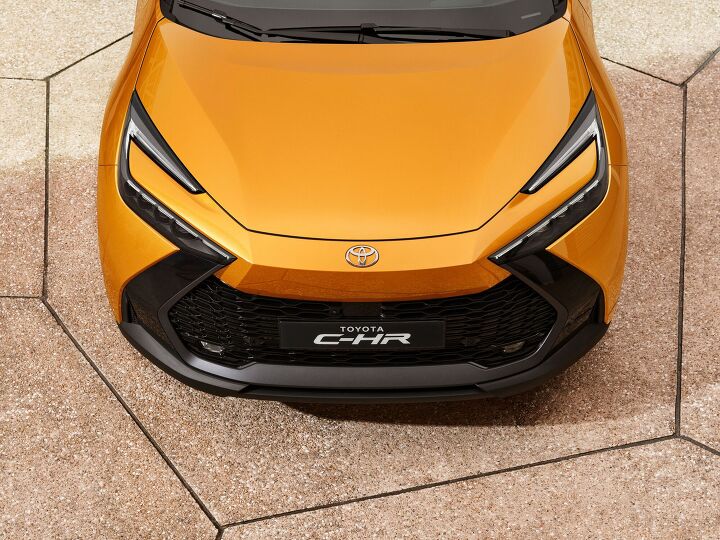


















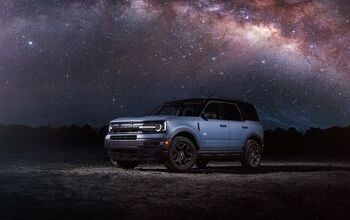
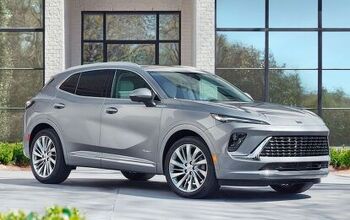
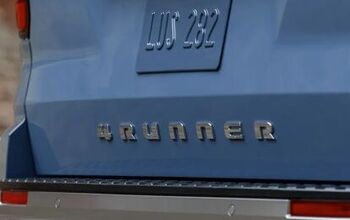
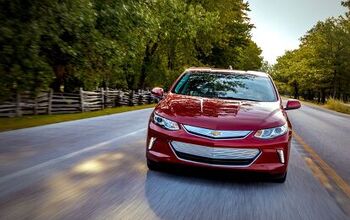
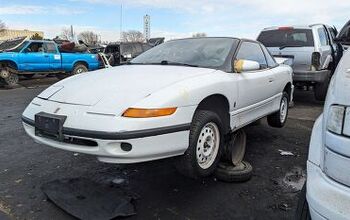

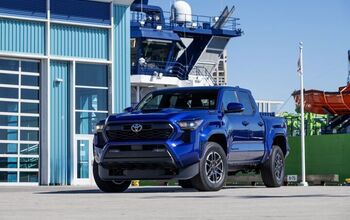
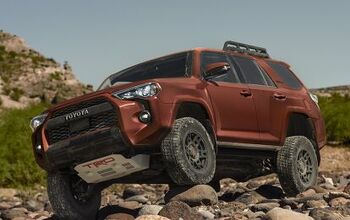
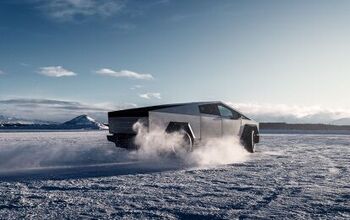
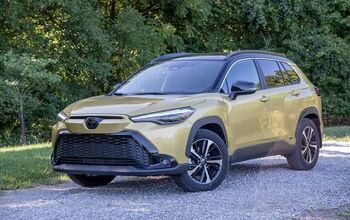
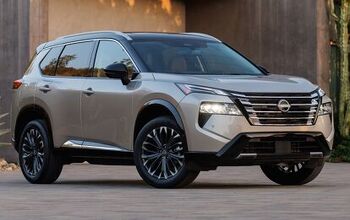
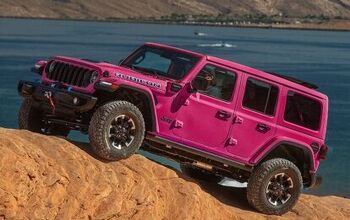

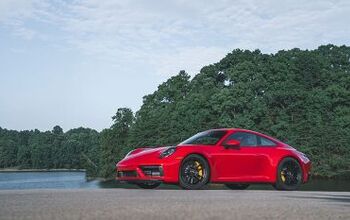

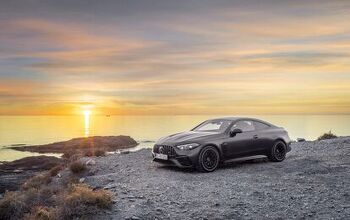
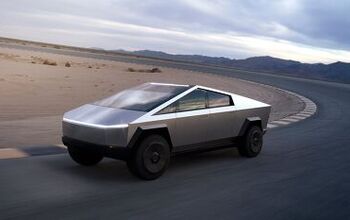
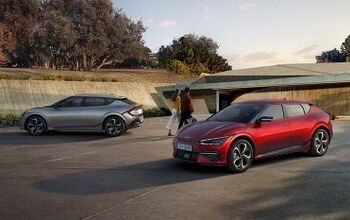
Comments
Join the conversation
The first-gen C-HR was pretty bizarre looking, especially the at the rear. I'm sure that didn't help sales. Its main competition seems to be the Honda HR-V, which sold better. The first-gen HR-V was a little more normal looking, even with its sad clown taillights. The second-gen restyle fixed that.
Neither Toyoduh or Honduh have had a beautiful design in decades.